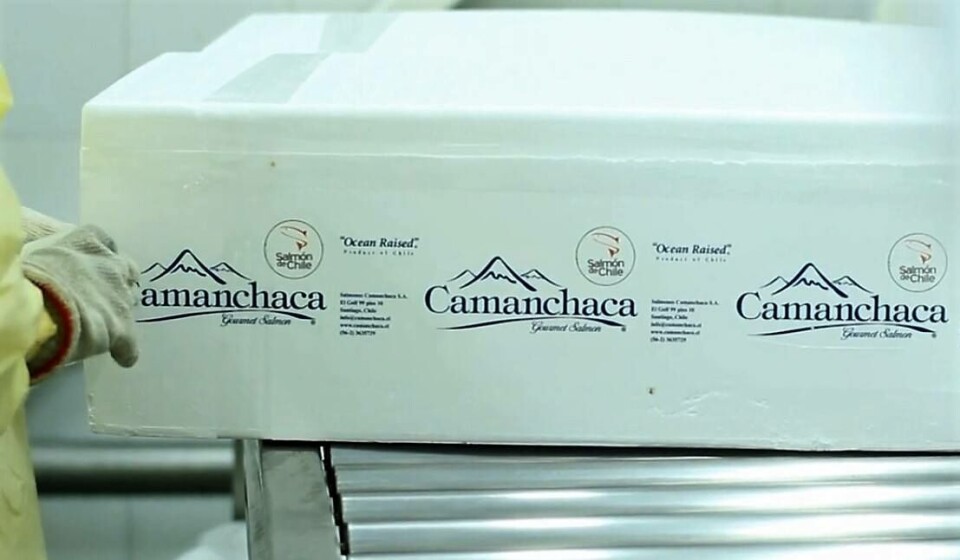
Camanchaca to raise $30m to fund algae-resistant farming model
Chilean salmonid producer Salmones Camanchaca has announced plans to raise US $30 million (£22.3m) to rebuild biomass after fish losses caused by an algal bloom and to make it less susceptible to future algae events.
The salmon farmer will expand operations at farming sites in the oceanic area of the Aysén region, where is less risk of algal blooms.
It will also invest in technology such as bubble curtains to protect sites from blooms and use artificial intelligence (AI) to better anticipate dangers from blooms.
Back-up sites
Salmones Camanchaca will also have back-up sites and logistical procedures in places to transport live fish away from danger, using wellboats with a capacity of 3,000m³.
It also plans to increase production of coho because of three advantages it offers: it is harvested before the summer, when blooms occur; it requires fewer antibiotics than Atlantic salmon; and it is immune to sea lice.
Earlier this year the company lost 1.6 million Atlantic salmon, the equivalent of 2,700 tonnes of biomass, because of an algal bloom in the Comau Fjord in Los Lagos region.
The bloom progressively affected four Camanchaca farming sites - Leptepu, Porcelana, Loncochalgua and Marilmó – and killed half of the fish being grown.
$7.5m hit
The mass mortalities caused the company a direct financial loss of $7.5 million (£5.4m), net of estimated insurance claims, it said in April.
The bloom had a knock-on effect on harvest weights in the second quarter of 2021. Camanchaca harvested 6,425 tonnes of Atlantic salmon with an average weight of 3.9 kilos.
Camanchaca’s harvest estimate for 2021 is between 41,000 - 43,000 tonnes (whole fish equivalent) of Atlantic salmon and about 2,000 tonnes of coho salmon.
It has targeted a production volume of 70,000 tonnes of salmon a year by 2024.




















































